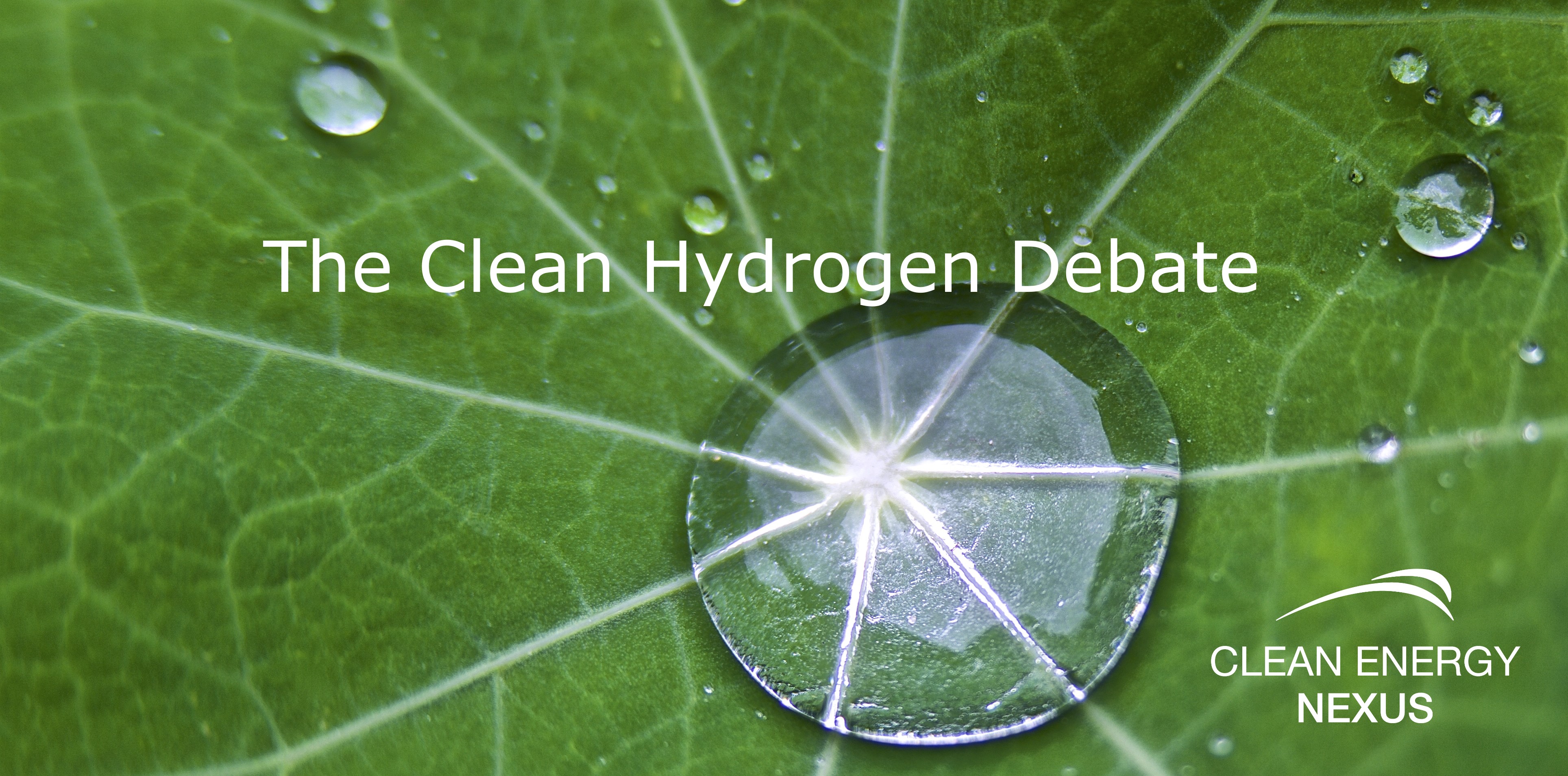Clean hydrogen is a misnomer - or is it?
Hydrogen is traditionally produced industrially through natural gas, which creates loads of carbon emissions.
Globally we don't use hydrogen much, but there's a lot of excitement about using hydrogen to help power a carbon-neutral future. Hydrogen can be used for fuel for transportation, replacing gasoline and reducing the greenhouse gas emissions of vehicles. It could power industrial plants on a large enough scale to keep them running full time without pollution, and enable large-scale renewable energy integration for the production of green hydrogen.

What is green hydrogen? Recently, hydrogen has been given compatible color precursors to indicate how much it's production has affected the environment. These precursors include black/brown, white, gray, blue, and green.
Black/brown hydrogen is produced in the traditional way - by burning coal at a very high temperature and separating the gasses produced to capture the hydrogen. Unfortunately, the other gasses produced include carbon dioxide and carbon monoxide, which are usually released into the atmosphere rather than stored or captured.
Gray and blue hydrogen are produced by separating the hydrogen from its carbon bond through a steaming process with water and a nickel catalyst. When the resulting carbon dioxide is released into the atmosphere after the capture of the hydrogen, the hydrogen captured is termed gray hydrogen. When the carbon dioxide is also captured and buried underground in storage containers rather than released into the atmosphere, the hydrogen captured is termed blue hydrogen.
Green hydrogen is the newest term applied to hydrogen, and it is produced through the separation of water into its basic elements via electrolysis powered by renewable energy.
White hydrogen is naturally occurring hydrogen in the environment, which is odorless and colorless (hence the name).
Biomass can also produce hydrogen by heating it to a very high temperature through a process called gasification (which is also the process black/brown hydrogen is produced with) and capturing the hydrogen. If the resulting carbon is also captured instead of released into the atmosphere, this technology has the potential to become one of the most environmentally friendly ways to produce hydrogen.
If solar power or wind power can be used to produce electricity to electrify and separate the elements of hydrogen and carbon in water, and the resulting carbon is captured and stored properly, we think solar will be part of a large-scale solution to help solve the climate crisis.
Picture attribution to DepostiPhotos.com
